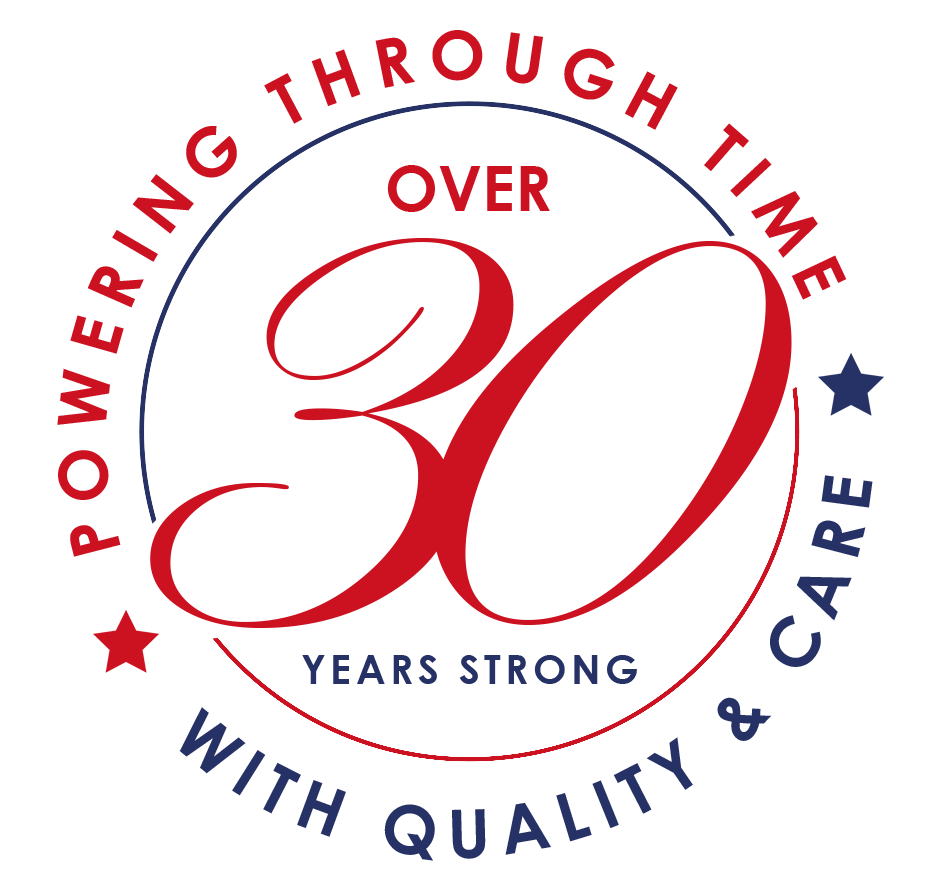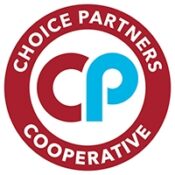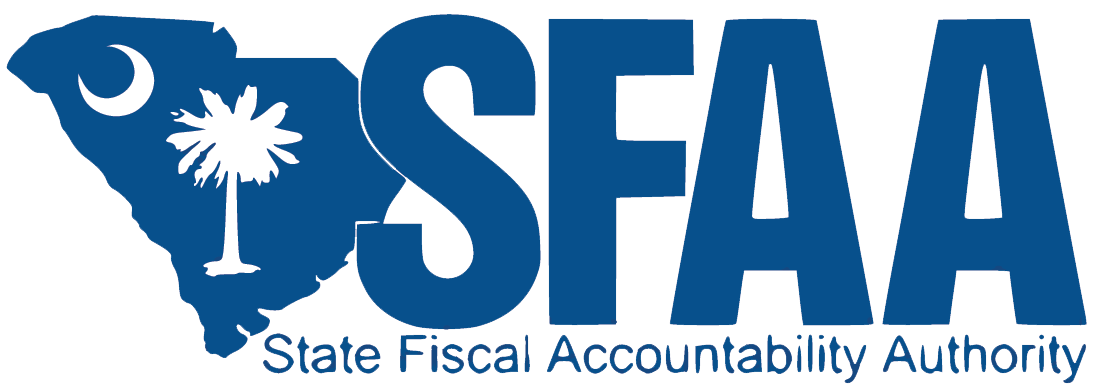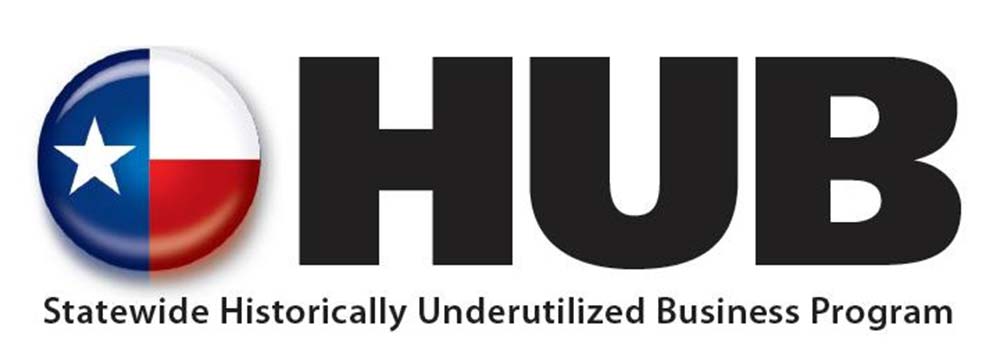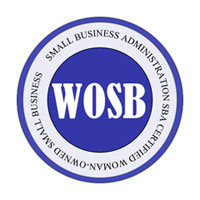Building a Procurement Framework
Before your company can address opportunities to improve your procurement process, a robust framework is essential. If one is not in place or you have not re-evaluated in quite some time, use the end of the year to look at how sourcing functions in your company. The cost of running organizations is rising. If there are vulnerabilities in your supply chains, this will become more apparent.
Over the next several months, we will discuss procurement best practices and provide you with a roadmap to reduce time and gain efficiency with your sourcing. To get started, let’s discuss the importance of a robust procurement framework.
A guide for a framework should include:
- The approval process for purchase requests.
- Managing vendors and negotiating pricing strategies.
- Cross-referencing invoices, order receipts, and purchase orders.
- Invoicing and payment; your record keeping.
- Hiring the right buyers and purchasing agents.
- Training your staff on the products you are regularly buying.
Building a framework and documenting the process will not happen overnight. However, investing in standard operating procedures (SOPs) is a must. Scheduling timely evaluations of the SOPs can prevent repetitive mistakes and create a transparent operational program.
Basics topics to include in your SOPs:
- Strategic procurement: what are your strategies to maximize a return on investment, and what rules must employees follow?
- Documentation: write steps that follow the progression of every order; the more details, the better.
- Vendor lists: how can you consolidate your vendors, and what is the process? Are the key contacts current? Do you audit vendors, and if so, what is the process?
- Audit of contracts: are updated contracts stored electronically? Do any need to be updated, and what is the process.
SOPs can act as a guide that can help everyone on your staff improve their work and ensure that everything is running correctly. You remove the ambiguity from some tasks and make the desired outcomes of procurement very apparent. Anything that can help train new employees, improve essential processes, and deliver better customer experiences is something a company should do.
Next month, we will discuss optimizing your inventory and how to build a solid relationship with your suppliers.





